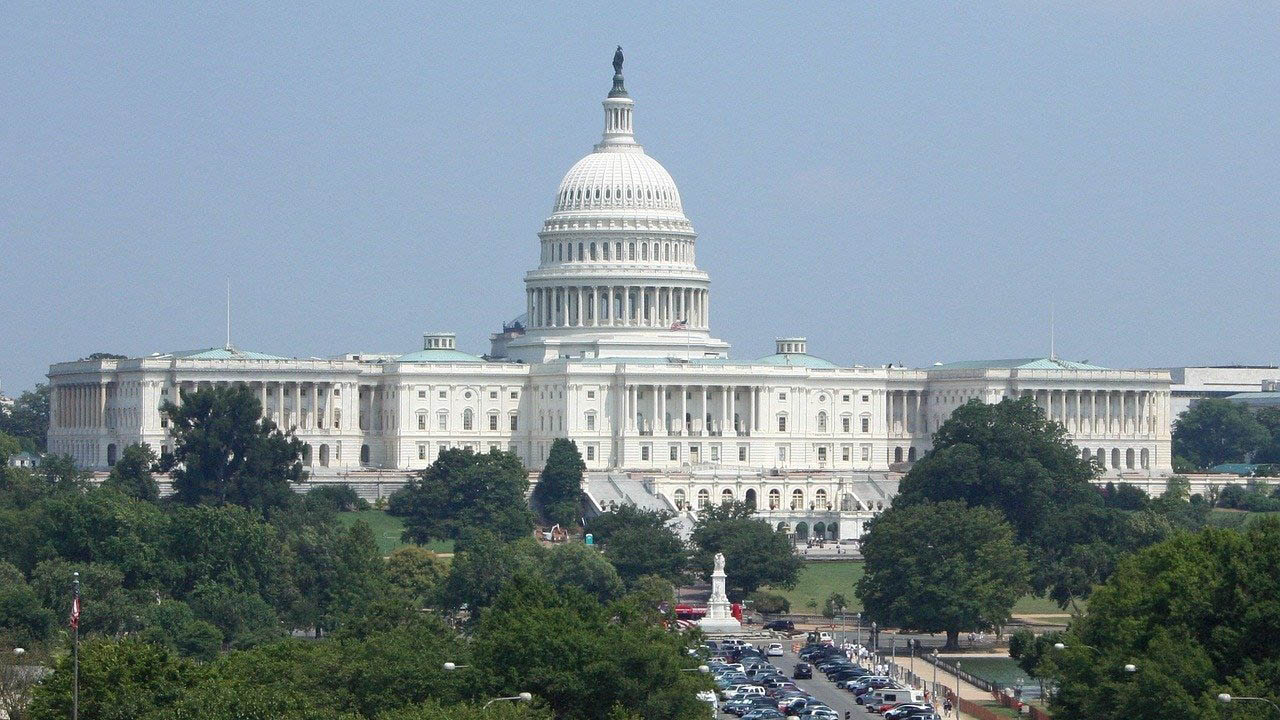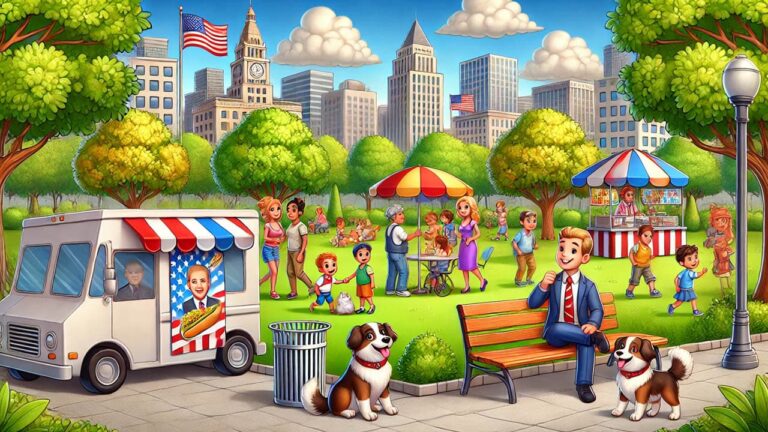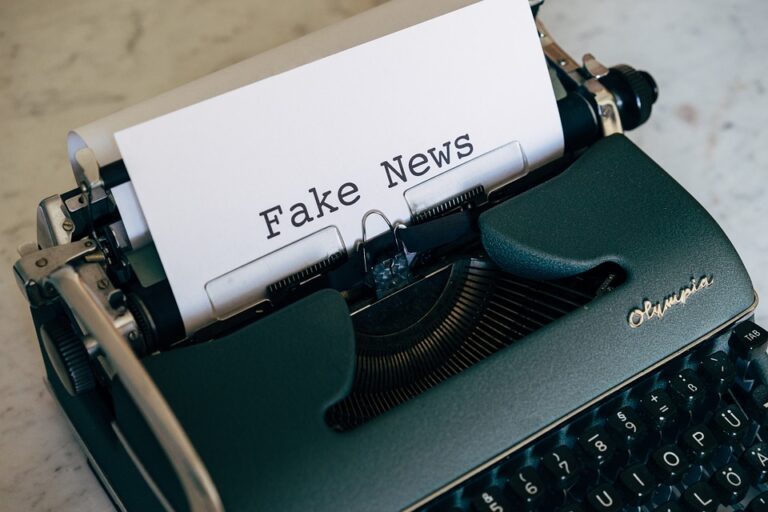Understanding Party Platforms and Internal Factions: A Deep Dive into Political Dynamics

In the intricate world of politics, party platforms and internal factions play a crucial role in shaping policies, influencing public opinion, and determining the direction of political discourse. As political landscapes evolve, understanding these elements becomes essential for anyone looking to engage with or analyze political systems effectively.
What Are Party Platforms?
Party platforms are formal sets of principal goals supported by a political party or candidate, designed to appeal to the general public and garner votes during an election. They are comprehensive statements that outline the party’s ideology, values, and policy goals.
Platforms are often crafted through extensive debate and negotiation within the party, reflecting a consensus among its members.
The Purpose of Party Platforms
The primary purpose of a party platform is to communicate the party’s vision and policy priorities to the electorate.
It serves as a roadmap for what the party intends to achieve if it gains power. By providing a clear set of goals, platforms help voters make informed decisions about which party aligns best with their beliefs and interests.
Examples of Party Platforms
Different political parties emphasize various aspects in their platforms. For instance, a conservative party might focus on reducing taxes, increasing military funding, and promoting free market policies.
On the other hand, a progressive party might prioritize healthcare reform, environmental protection, and social justice initiatives.
These platforms not only distinguish parties from one another but also provide a framework for accountability once elected.
The Role of Internal Factions
While party platforms present a unified front, internal factions represent the diverse opinions and interests within a party. These factions can be based on ideological differences, regional priorities, or specific policy issues.
Understanding these factions is key to grasping the dynamics of political parties and how they operate both internally and externally.
The Impact of Factions on Party Unity
Internal factions can both strengthen and challenge party unity. On one hand, they bring diverse perspectives and expertise, fostering robust debate and thoughtful policy development. On the other hand, factions can lead to division and conflict, especially when competing interests clash over significant issues.
Historical Examples of Internal Factions
Throughout history, internal factions have played pivotal roles in shaping political parties. In the United States, for example, the Democratic Party has seen divisions between its progressive wing and more centrist members, each advocating for different approaches to policy issues.
Similarly, the Republican Party has experienced tensions between traditional conservatives and more populist factions.
How Parties Manage Internal Factions
Successfully managing internal factions requires strong leadership and effective communication. Party leaders often strive to balance competing interests by negotiating compromises and fostering a sense of shared purpose.
This can involve creating coalitions, forming strategic alliances, and ensuring that all voices are heard during the decision-making process.
The Influence of Factions on Policy and Elections
Internal factions can significantly impact the direction of party policies and electoral strategies. Factions that garner substantial support within the party can push certain issues to the forefront, influencing the party’s platform and campaign priorities.
During elections, the ability to unite or divide factions can determine electoral success or failure.
Modern Challenges Facing Party Platforms and Factions
In today’s rapidly changing political landscape, parties face new challenges in maintaining cohesive platforms and managing internal factions.
The rise of social media, increasing political polarization, and the growing influence of special interest groups have all added complexity to these dynamics.
The Role of Social Media in Shaping Platforms
Social media has become a powerful tool for political communication, allowing parties to reach wider audiences and engage with voters directly.
However, it also presents challenges by amplifying factional voices and sometimes exacerbating divisions within parties.
Addressing Polarization and Maintaining Unity
In an era of heightened polarization, maintaining party unity while respecting diverse perspectives is a delicate balance.
Parties must navigate these challenges by fostering open dialogue, promoting inclusivity, and prioritizing common goals over divisive rhetoric.
The Future of Party Platforms and Internal Factions
As political environments continue to evolve, so too will the nature of party platforms and internal factions.
The ability of parties to adapt to changing circumstances, address emerging issues, and effectively manage internal dynamics will be critical for their success.
Engaging with Political Dynamics: Why It Matters
Understanding party platforms and internal factions is not only important for politicians and policymakers but also for citizens.
By engaging with these concepts, individuals can become more informed voters, active participants in political discourse, and advocates for the issues they care about.
Conclusion: Navigating the Complexities of Political Parties
Party platforms and internal factions are fundamental components of political systems, shaping the policies and direction of parties. By exploring these elements, we gain insights into the complexities of political dynamics and the challenges and opportunities they present.
As we navigate an ever-changing political landscape, a deeper understanding of these concepts will empower us to engage more effectively with the political processes that impact our lives.
In summary, party platforms and internal factions are integral to the functioning of political parties. By examining their roles, challenges, and future prospects, we can better understand the forces that drive political action and shape the world around us.






